Besides it’s use in pedagogical narration, digital technology most often appears in my learning environments in the form of computer projectors. We also regulary use non-digital light projectors. Both types of projectors have constitently been photographed as present in Reggio Emilia schools.
Over the last several weeks, we have been collecting digital photographs from our families via email, which are representative of our children’s lives outside of our classroom. Our intention is to have the children’s “home” photographs projected onto our walls and on our projector screen (which hangs from the ceiling in the middle of our room).
We are beginning to develop a hypothesis connected to empathy and hope that our wall projections will spark converstations, thoughts, considerations of self and the other. The art, construction, converstations, play etc. that takes place in our class will be recorded using our phones’ photo, video, and voice applications. We also have hard-copy family photos and pedagogical narrations interspersed in our classroom and continue to use pencil and paper to record our observations.
As we continue down our current path of inquiry myself and my co-educator explore different ways to point the children’s focus inwards towards discovery of self and outwards towards the relationship between self and others. Though much of our investigation so far has included conventional mediums such as mirrors, tape measures, markers, pencil crayons, pencils, charcoal, paper, scissors, converstations, clay, sticks, blocks, literature etc. we are invariably searching for new methods and materials to connect in.
In hunting for digital mediums to draw into our inquiry, I came across a post by a fellow classmate that included the article by Cowan (2016), Digital Languages: Multimodal meaning-making in Reggio-inspired early years education. Her article outlined some digital languages in practice and happened to include an exploration of body and movement entitled: Exploring the body in digital and non-digital combinations. The arts space (atelier) used for the inquiry provided opportunity for numerous forms of expression, as it set out digital tools that inlcuded an iPad (set up with motion capture software), webcam, digital microscopes, and a computer projector, alongside non-digital materials such as wooden figures, mirrors, magnifiers, clay, wire, paper, and paints.
Art spaces (ateliers) that include a host of mediums, materials, and disciplines are common practice in Reggio Emilia inspired environments, as they allow for multiple modes of thought and expression. However, I have drawn connections to my own inquiry with the body exploration presented by Cowan (2016) and hope to bring some of the digital ponderings into our classroom. One specific experience described educators projecting digital images onto an art easel that had been set up with paper and paint. I hope to transplant the latter into our class, by offering the children an opportunity to ‘paint’ on their digital self-portraits.
I feel priviledged to be able work in an Early Learning environment that fosters the inclusion of unconventional materials and refrains from following learning schedules or timelines. At the same time, I am also aware that the approach that allows for such beautiful fluidity in teaching and learning also tends to keep digital technology on the periphery of its philosophy. Digital tools and mediums are as essential to the Reggio Emilia philosophy as any other tool or mediam. Yet, digital technology plays a much bigger role in our worlds than does a paint brush, a wooden block, or a piece of paper or clay (though each depend on natural resources as digital technology does). At present, nearly every person on the planet keeps some sort of mobile device on there person at all times, but not everyone carries with them a pen or a piece of paper.
My current practice, and the practices presented in Cowan’s article, remain focused on how to incoporate and use digital technology, rather than how to generate a deep and critical understanding of its production and purpose in our lives. It requires an outstanding amount of natural resources to produce one ‘smart’ phone. Still, despite the recent calls for environmental action and nature focused outdoor education, digital technology appears to play a perfunctory role in teaching and learning.
Consequently, I will continue on my hunt for a holistic approach to digital technology in ECE. In my next post I will present the MakEY Project, a Europe-wide project the considers how ‘makerspaces’ can contribute to the development of children’s digital literacy.
Once again, happy Sunday. Thank you for reading,
EJ
References
Cowan, K. (2017, March 19). Digital Languages: Multimodal meaning-making in Reggio-inspired early years education. Retrieved from http://digilitey.eu/wp-content/uploads/2015/09/STSM-Stockholm-Final-Report-Kate-Cowan.pdf


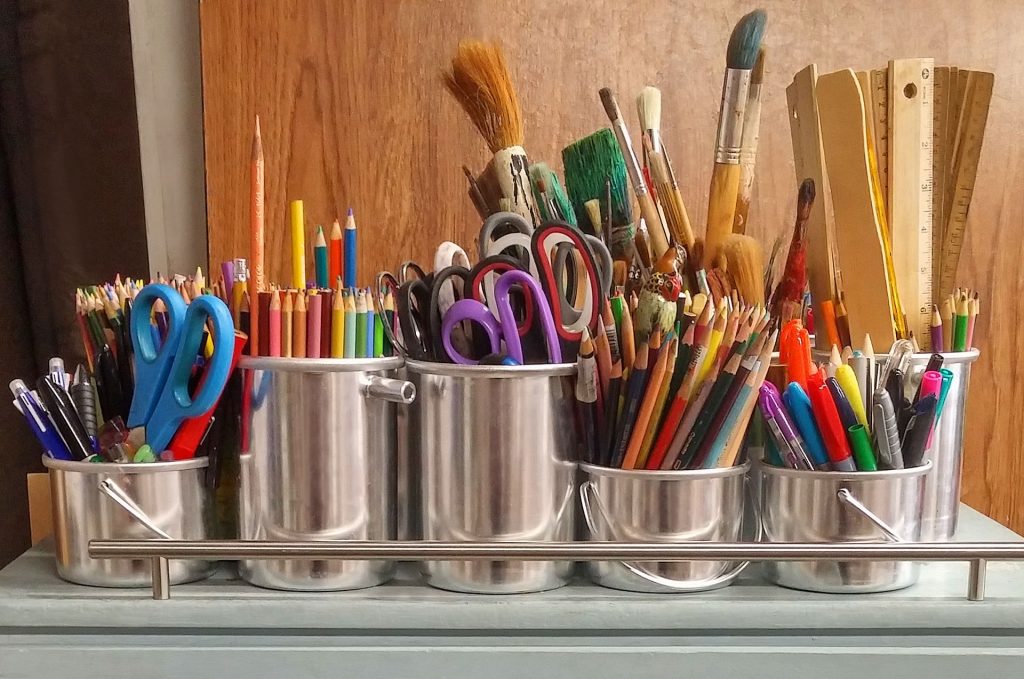
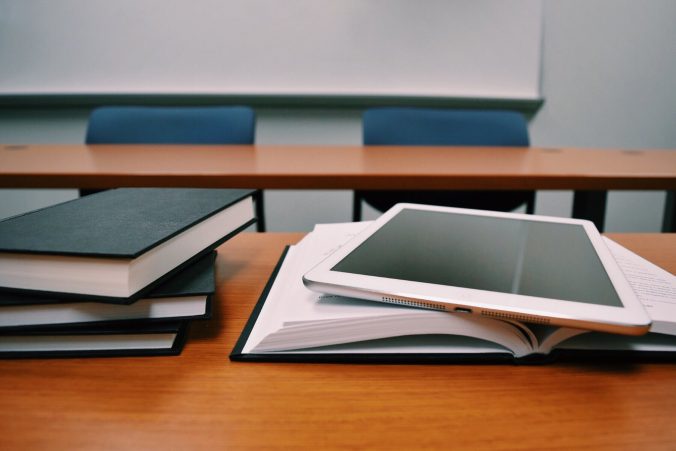
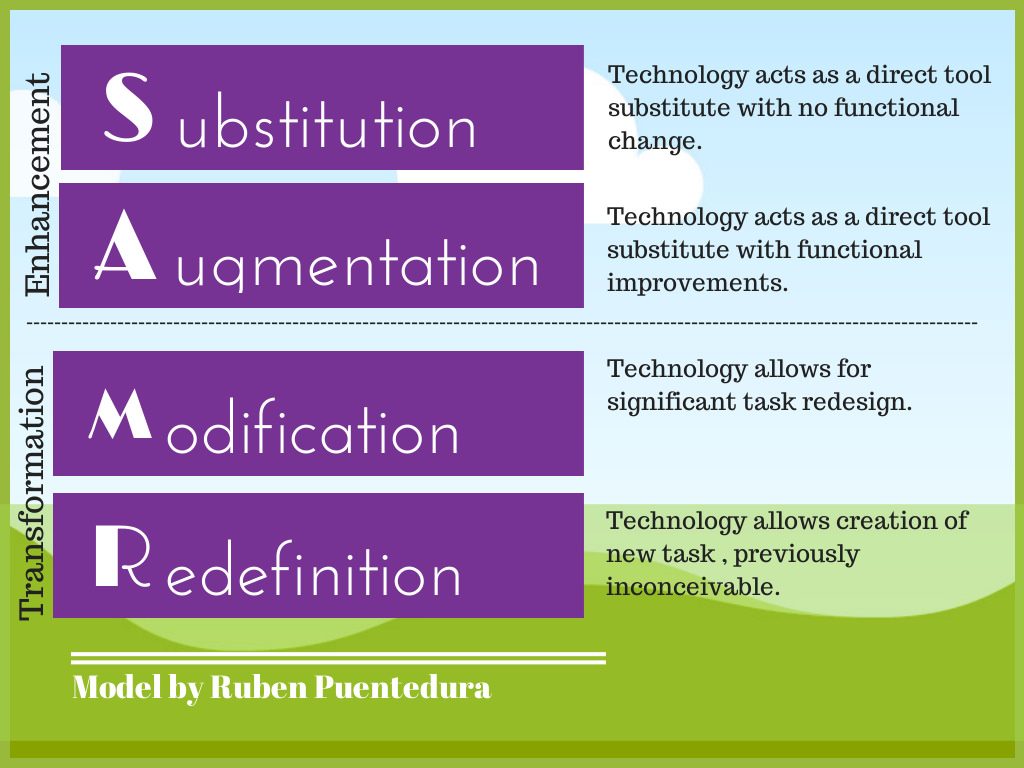
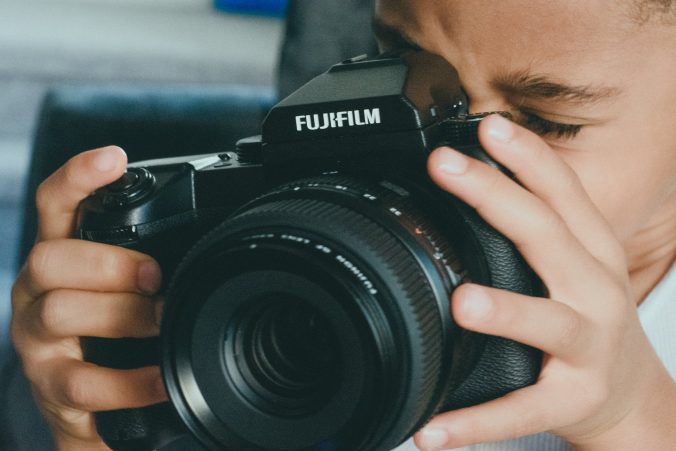
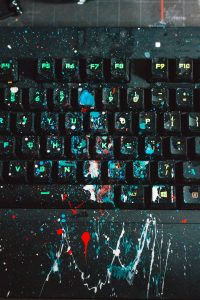
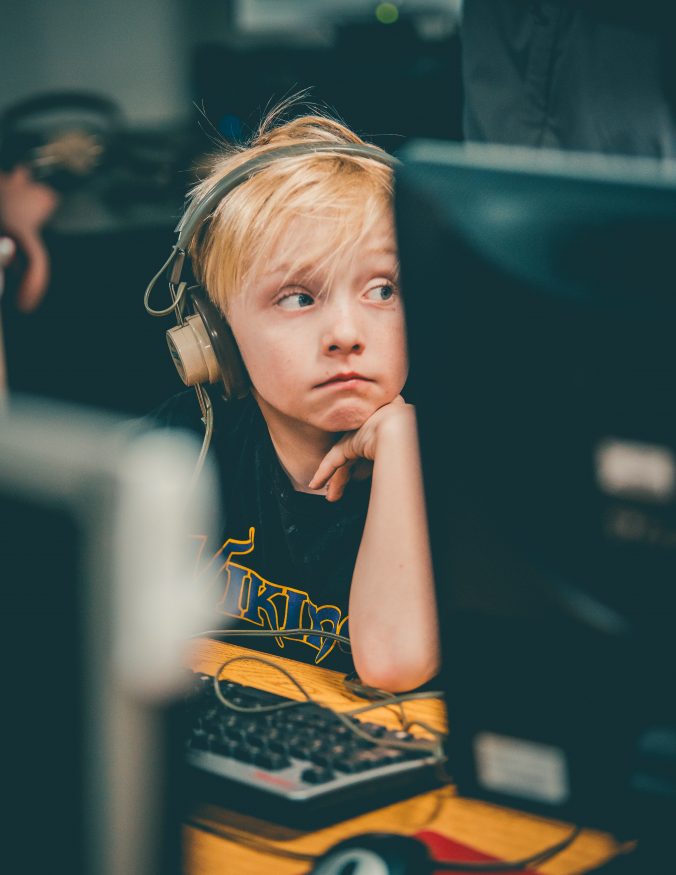

Community